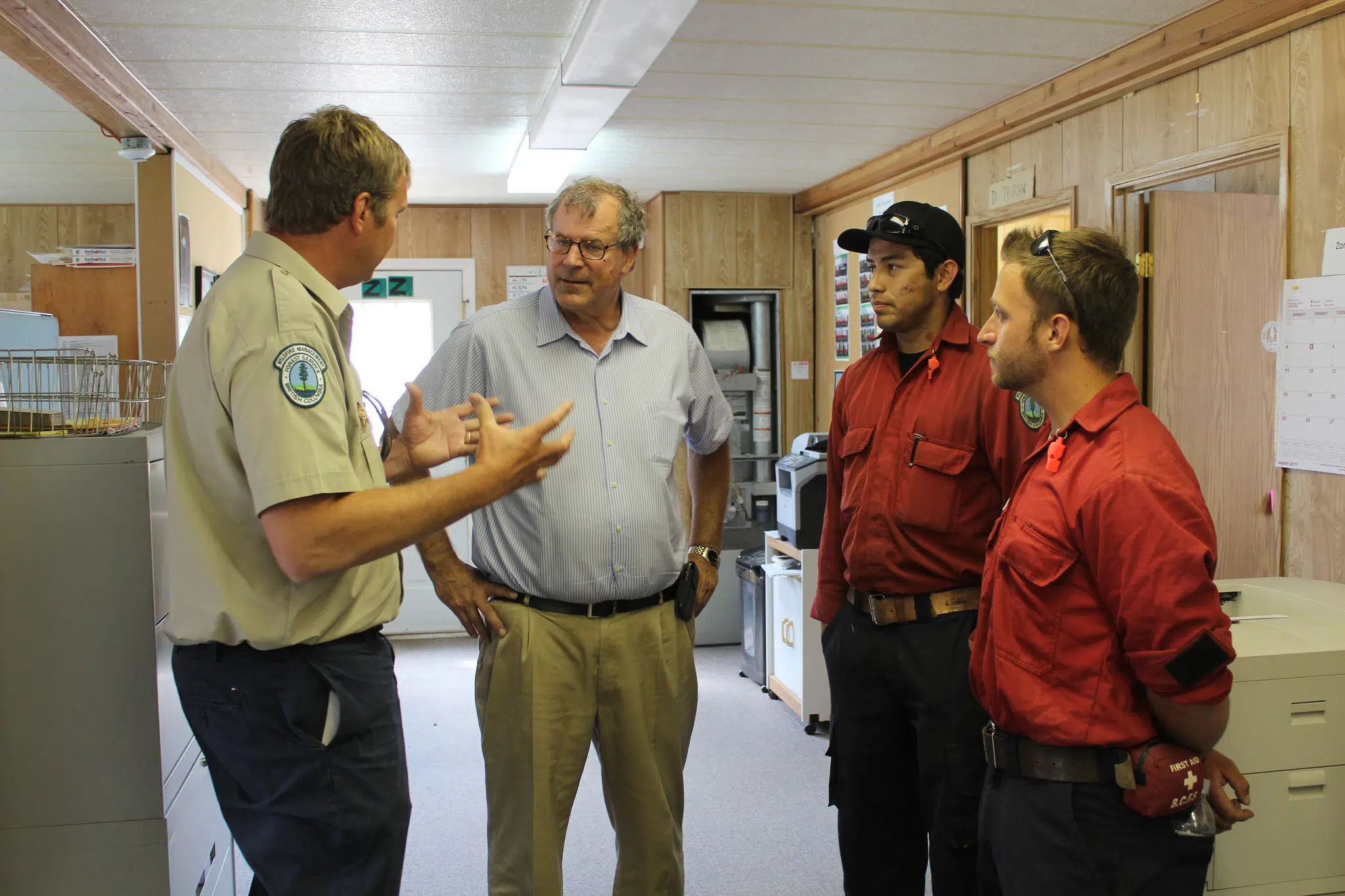
B.C. needs personnel for its own fires but may help Alberta later: minister
VICTORIA — British Columbia’s forests minister says the province can’t send personnel to neighbouring Alberta before dealing with its own fires spurred by unseasonably dry weather.
“Alberta understands that,” Steve Thomson said Wednesday.
He said officials have discussed the province’s needs with their counterparts dealing with a disastrous fire in Fort McMurray.
“We are in the process of bringing more human resources on stream as we do our training and our boot camps. Depending on how the situation develops, as soon as those resources are required we’ll make them available.”


